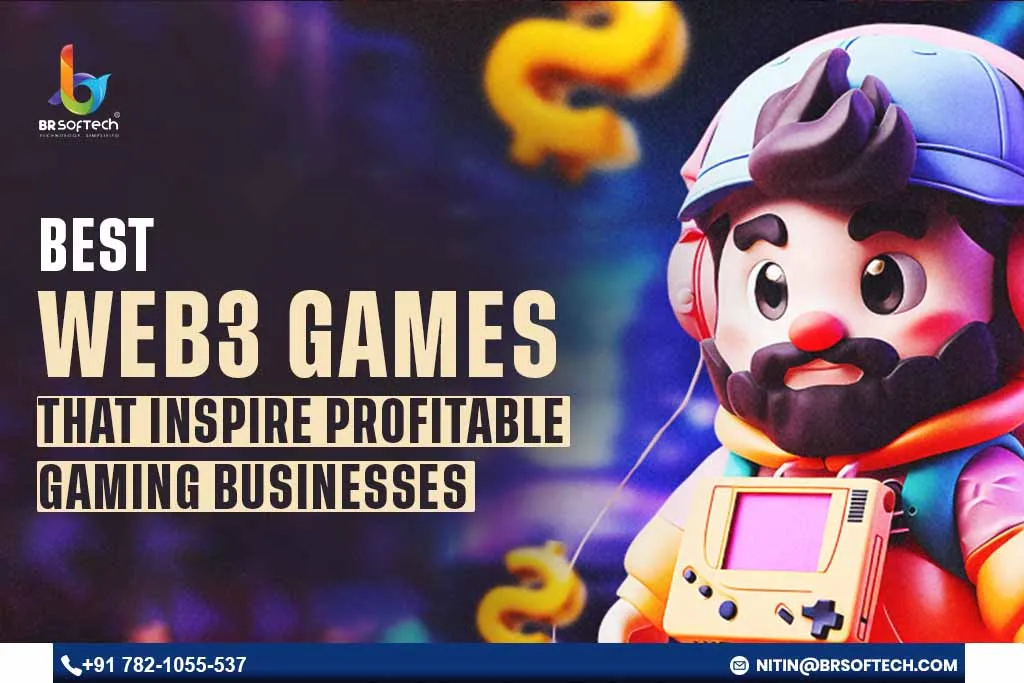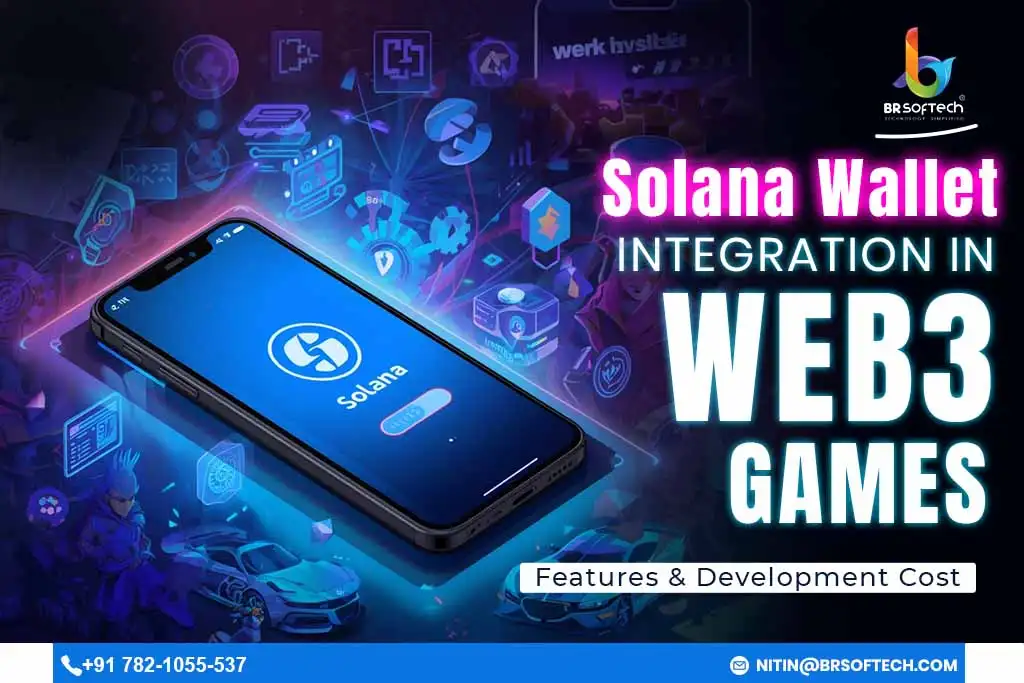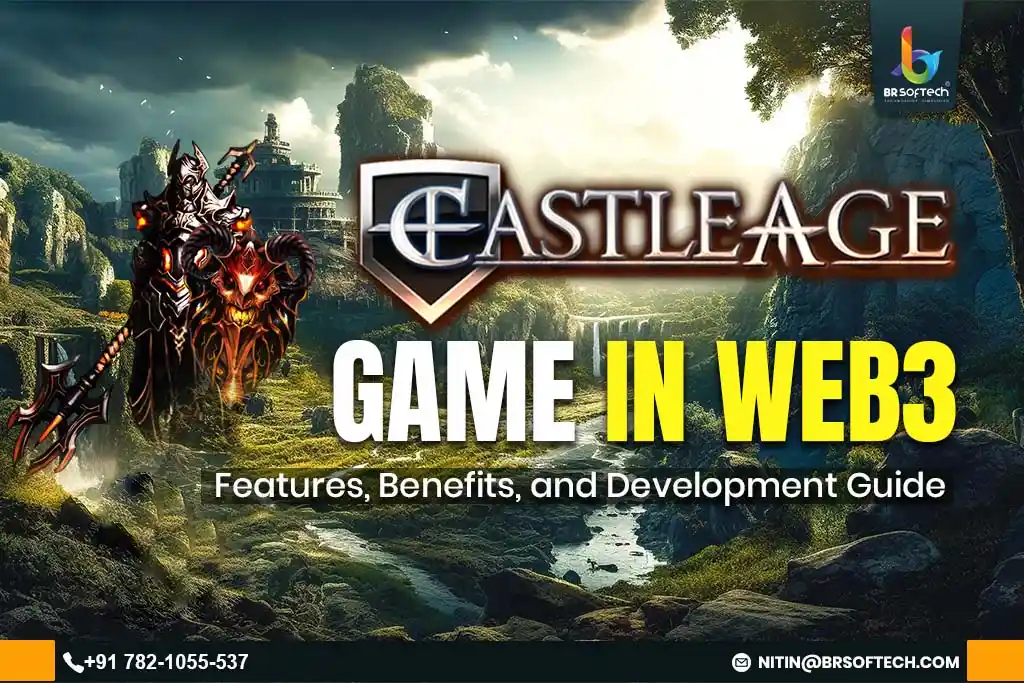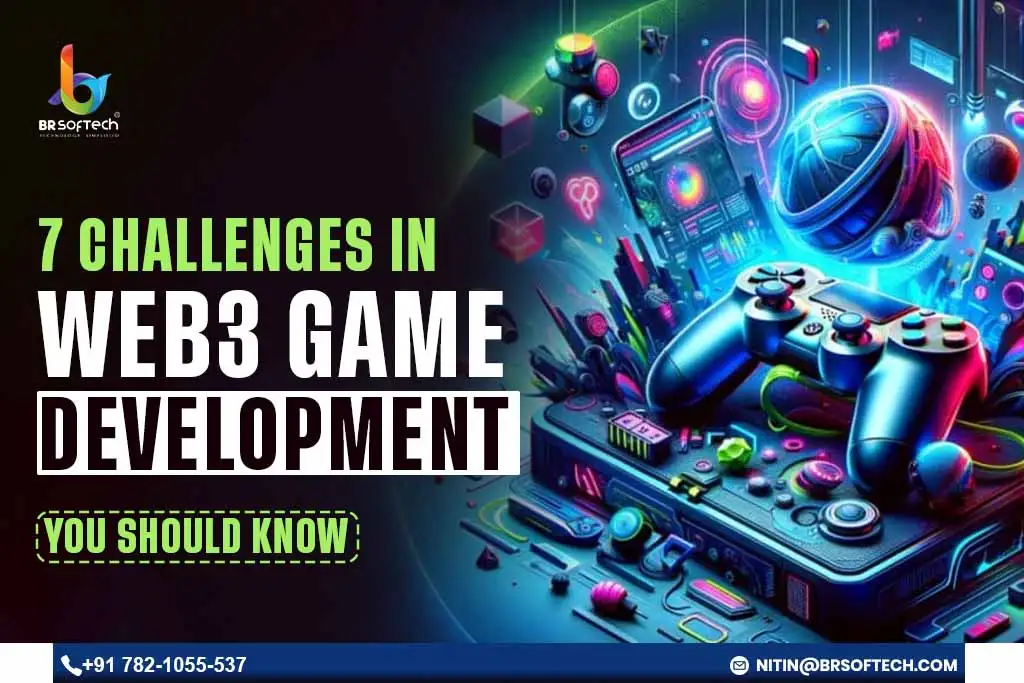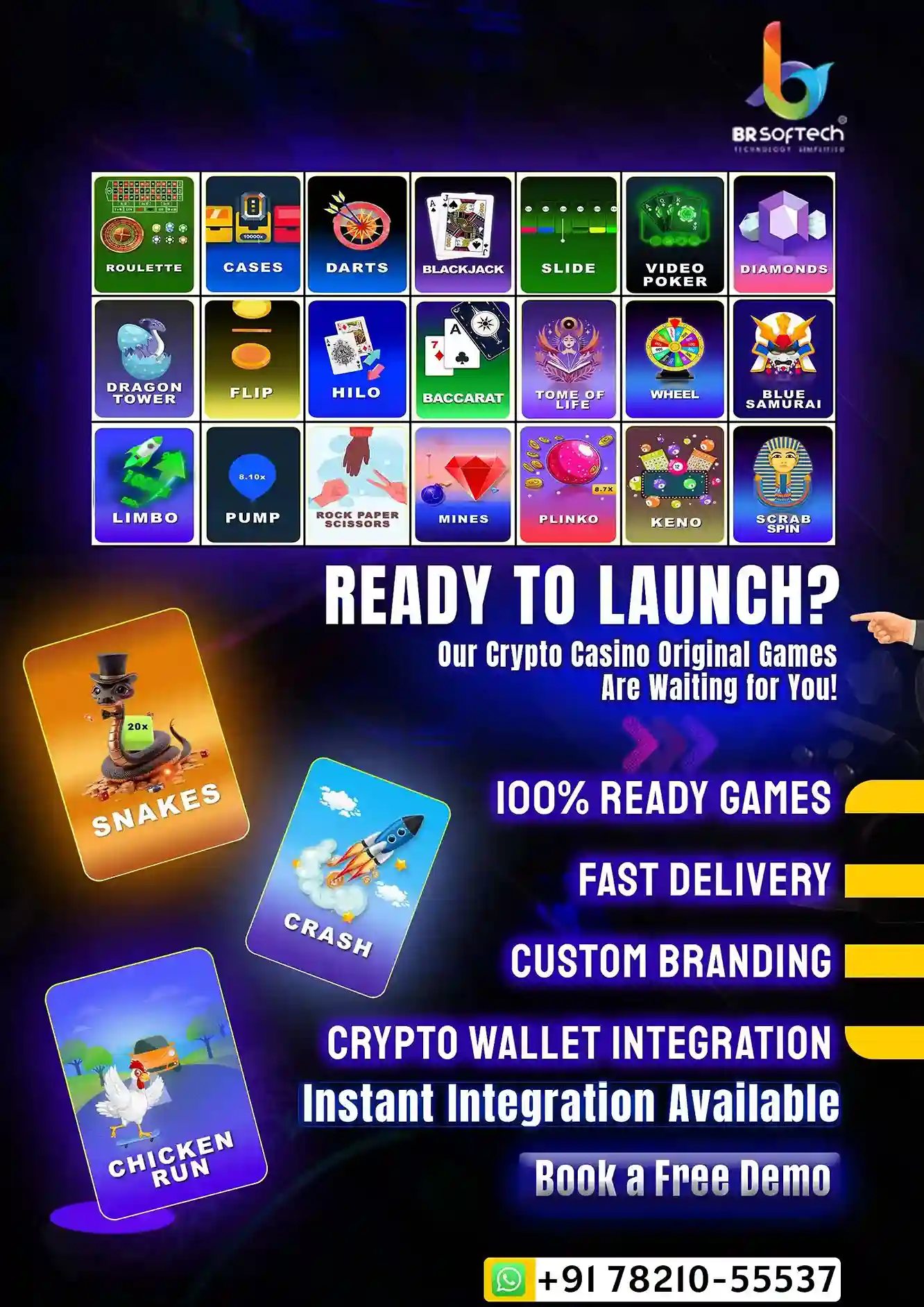Web3 gaming beautifully blends entertainment with decentralized finance, offering players the chance to truly own their digital assets, engage in open and transparent economies, and earn real income from their gameplay. Unlike traditional games, where studios often take most of the value while players have little ownership, Web3 games foster shared economic benefits that everyone involved can enjoy.
The top Web3 games of 2025 show that blockchain isn’t just a gimmick but builds sustainable business models where player engagement boosts revenue while keeping entertainment high. These successful titles demonstrate that games with engaging gameplay, transparent tokenomics, and true asset ownership achieve higher engagement, retention, and long-term value than traditional gaming models.
Understanding what drives profitability in these games offers essential insights for entrepreneurs aiming to create successful Web3 gaming ventures. This analysis reviews 7 proven winners and distills lessons that are relevant to various development strategies and audiences.
The Rise of Profitable Web3 Games?
The trajectory of Web3 gaming has evolved dramatically from speculative hype toward mature, sustainable business models generating significant revenue while delivering genuine player value.
Market Evolution and Statistics
The blockchain gaming market hit $3.6 billion in 2023 and is projected to exceed $10 billion by 2027. Unlike early hype that mostly drew crypto users, modern Web3 games attract mainstream gamers seeking new experiences and earning opportunities.
Active Web3 gaming monthly users topped 1.2 million in 2024, with top games maintaining strong retention and higher player lifetime values than traditional gaming. The move from speculation to entertainment shows market maturation, where successful entertainment games naturally attract monetization.
- The blockchain gaming market is projected to surpass $10 billion by 2027.
- Modern Web3 games attract mainstream players, shifting focus from crypto enthusiasts.
- In 2024, active Web3 gamers exceeded 1.2 million with high retention and lifetime value.
- The market is maturing, focusing on entertainment with profitable monetization.
Why Web3 Games Generate Superior Economics?
Web3 games generate superior economies due to several reasons. These reasons are explained in detail below:
- Network Effects and Liquidity: Open economies with active secondary markets develop valuable asset ecosystems, attracting traders and investors. Increased liquidity boosts asset values, creating cycles where desirable items draw more participants.
- Community Ownership: Tokenization aligns developer and player incentives by making communities invested stakeholders through governance tokens and asset ownership, fueling passionate growth and content creation that traditional games can’t match.
- Perpetual Revenue Streams: Blockchain’s immutable record of ownership allows developers to earn royalties on all player trades forever, generating passive revenue from marketplace activity, even without new content.
- Data Transparency: Blockchain transparency allows analytics revealing player behavior, economic flows, and market dynamics clearly. This data helps optimize monetization, retention, and engagement efficiently.
- Global Accessibility: Blockchain’s permissionless nature allows instant global access without app store gatekeeping, making Web3 games immediately accessible regardless of location. This reduces user acquisition costs compared to traditional games needing app store optimization and geographic strategies.
Best Web3 Games That Inspire Profitable Business Models
Web3 games hold the potential to frame profitable business models. Some of the top variants in the domain that have set a benchmark in the industry are mentioned below:
1. Axie Infinity: The Play-to-Earn Pioneers
Axie Infinity revolutionized Web3 gaming with sustainable play-to-earn models where millions earn income through gameplay. It combines Pokémon-like creature collection with turn-based combat, offering entertainment beyond economic benefits.
Business Model Innovation:
- Dual Token System: Smooth Love Potion (SLP) is earned through gameplay rewards, while Axie Infinity Shards (AXS) governance tokens allow staking and participation in platform decisions.
- Breeding Economy: Players breed new Axies to produce characters for sale, which increases supply and involves SLP investment, creating token sinks.
- Marketplace Royalties: 4.25% royalties on all Axie sales generate ongoing revenue growth through secondary market activity.
- Scholarship Programs: Guilds and investors lend Axies to players, enabling profit sharing and increasing the accessible player base, while also monetizing idle assets.
Profitability Drivers
The game earns revenue from Axie sales, marketplace fees, breeding, and premium passes. Player acquisition stays low thanks to community-driven viral growth and scholarship programs filling the funnel.
The game’s enduring appeal, even during bear markets, shows it has core entertainment value beyond just economic speculation. Players stay engaged because the gameplay is genuinely enjoyable; economic benefits simply add to the existing fun.
2. Decentraland: The Metaverse Virtual Real Estate Empire
Decentraland has pioneered the virtual real estate market, showing how owning digital land and developing properties can build sustainable gaming businesses that generate income from various sources.
Business Model Innovation:
- Land Sales and Scarcity: Limited land supply (90,601 parcels) causes artificial scarcity, which drives prices up and encourages investor speculation while still allowing genuine users to participate.
- Creative Economy: Landowners develop properties that host experiences, events, and businesses, generating revenue from admission fees, sponsorships, and advertising.
- Creator Marketplace: User-created wearables and marketplace-sold items earn sales commissions.
- Brand Partnerships: Companies invest heavily in prime location real estate and branded experiences to reach large user bases.
Profitability Drivers
Decentraland earns revenue from land sales, marketplace commissions, wearable trading fees, and premium services. Its virtual real estate model benefits from increasing land values, with developers reinvesting profits into property enhancements to generate additional returns.
The platform illustrates how passive income from player-generated content and brand partnerships generates revenue independent of game development process. Successful land developers run their businesses more like real estate investments than traditional gaming.
3. Gods Unchained: Skill-Based Card Game Economics
Gods Unchained demonstrates that blockchain integration is successful when the focus is on gameplay quality and maintaining competitive fairness, rather than on speculation. The trading card game earns revenue primarily through monetizing player skill and encouraging active market engagement, rather than relying on pay-to-win features.
Business Model Innovation:
- Skill-Based Earning: Weekend tournaments and ranked ladder climbing offer cryptocurrency prizes, rewarding strategic players and creating income opportunities for talented participants.
- Card Marketplace: Players exchange rare cards on open markets, where strategic players profit by spotting undervalued cards before meta shifts increase their desirability.
- Forging Mechanics: Players merge duplicate cards into premium versions, generating artificial scarcity that helps sustain card value.
- Battle Pass Monetization: Seasonal battle passes provide optional cosmetics and rewards for active players.
- Zero Pay-to-Win: Free starter decks promote competitive play without spending, attracting skilled players from traditional TCGs and showing blockchain integration doesn’t need paid advantages.
Profitability Drivers
Gods Unchained earns revenue from marketplace fees, battle pass sales, cosmetic trading, and ecosystem commissions. Its appeal to Magic The Gathering and Hearthstone players shows blockchain TCGs compete through quality and fairness, not graphics.
The game exemplifies how NFT game business models succeed when treating games as games first, blockchain integration as infrastructure enhancement, enabling ownership and trading that genuinely improves experience.
4. The Sandbox: Creator Economy at Scale
The Sandbox demonstrates how empowering creators to build, monetize, and own their creations generates sustainable business models scaling with ecosystem growth.
Business Model Innovation:
- Creator Tools and Platforms: The drag-and-drop game maker allows non-technical users to create monetizable experiences without needing programming skills.
- Land Ownership and Development: Limited virtual real estate allows for property speculation and hosting experiences, generating multiple revenue streams per location.
- Asset Marketplace: Creators develop wearables, structures, and game templates sold to other creators and players, allowing for creative monetization with NFT marketplace.
- Brand Collaborations: Major brands license content, create branded experiences, and buy premium real estate, generating revenue and offering community unique partnerships.
- Revenue Sharing: The Sandbox distributes revenue to successful creators, aligning incentives and attracting top talent to the platform.
Profitability Drivers
The Sandbox earns revenue through land sales, marketplace commissions, brand partnerships, and premium services. The platform grows profitably as more creators join, which boosts available content and draws in larger audiences.
The creator economy model shows how platforms with tools, audiences, and monetization options attract content creators, generating continuous value for the platform operators. This reflects YouTube’s success in turning creators into economic drivers that support the larger platform.
5. Illuvium: Premium AAA Blockchain Gaming
Illuvium exemplifies the AAA gaming sector, demonstrating that blockchain integration can achieve premium production quality levels previously considered impossible for crypto games.
Business Model Innovation:
- Premium NFT Sales: Rare and legendary creatures fetch premium prices ($500+) from dedicated collectors and competitive players.
- Cosmetics and Customization: Battle-pass systems and cosmetic item sales generate steady revenue from dedicated players.
- Competitive Tournament Prizes: Regular esports tournaments with large prize pools funded by ecosystem commissions attract dedicated players and content creators.
- Staking Rewards: ILV token staking produces yields, giving players incentives to hold tokens and engage in governance.
- Play-to-Earn: Ranked battle rewards and skill-based earnings provide income opportunities for competitive players.
Profitability Drivers
Illuvium shows that blockchain games with AAA quality attract high-end players willing to spend a lot on good experiences. The game’s success proves that blockchain gaming isn’t limited by technology, but by developer ambition and how resources are used.
The premium positioning allows for higher monetization per user while ensuring fairness, so success relies on skill and strategy rather than wallet size.
6. Splinterlands: Accessible Play-to-Earn Success
Splinterlands shows us how easy entry, straightforward gameplay, and balanced tokenomics can make a game both profitable and appealing to a wide audience.
Business Model Innovation:
- Low Entry Barrier: A minimal investment ($10 for a spellbook) allows full earning participation, greatly broadening the accessible market.
- Card Rental Economy: Players rent cards at rates that generate passive income while allowing free players to compete effectively.
- Multiple Earning Paths: Quest rewards, ranked season prizes, tournament winnings, and card rentals offer diverse income sources.
- Sustainable Token Mechanics: Dual tokens (DEC and SPS) serve distinct economic roles, allocating value throughout the ecosystem.
- Global Accessibility: Mobile-first design and rapid battle sessions (~2-3 minutes) cater to casual play schedules.
Profitability Drivers
Splinterlands earns revenue from spellbook sales, season rewards funded by the ecosystem, marketplace commission, and premium features. The game’s profitability shows that accessible, well-designed games that reach large audiences through word-of-mouth deliver higher returns compared to premium games with smaller player bases.
Hundreds of thousands of active players provide enormous liquidity for marketplace activity, supporting ecosystem sustainability regardless of individual player retention challenges.
7. Ronin: The Gaming-Specific Blockchain
Ronin, built by Axie Infinity, shows a business opportunity in game-focused blockchain infrastructure. It supports 30+ games and earns revenue from transaction fees, validator rewards, and ecosystem development.
Business Model Innovation:
- Validator Network Revenue: Transaction fees from gaming activity support validator node operations and ecosystem security.
- Developer Ecosystem Revenue: Protocols and tools developed on Ronin create licensing revenue and partnership opportunities.
- Native Token Appreciation: Network success boosts RON token value, rewarding early supporters and ecosystem participants.
- Enterprise Adoption: Games that migrate to Ronin or are built exclusively on it can sustain their usage and funding network operations indefinitely.
Profitability Drivers
Ronin earns revenue from network transaction fees that increase with gaming activity. Unlike app-level games tied to specific titles, blockchain infrastructure benefits from overall ecosystem growth. The success indicates large markets for gaming-specific blockchains addressing performance, cost, and usability challenges.
This highlights a different entrepreneurial strategy: developing infrastructure that supports profitable gaming enterprises, which frequently yield higher returns than single games.
How BR Softech Can Help You Create Profitable Web3 Games?
Successfully launching profitable Web3 games requires a combination of gaming expertise, blockchain technical skills, and economic design knowledge. A Web3 game development company provides specialized capabilities that accelerate development and help prevent common mistakes.
Comprehensive Development Expertise
Experienced Web3 game companies have multidisciplinary teams of designers, blockchain developers, auditors, economists, and community managers, ensuring games balance quality and blockchain seamlessly.
Partnering with specialized firms speeds up development and enhances quality compared to in-house teams learning blockchain while creating games.
Proven Frameworks and Reusable Infrastructure
Established game development companies use frameworks, smart contract libraries, and integration tools from multiple projects. This proven infrastructure cuts costs and development time, ensuring security and best practices.
Custom development from scratch exponentially increases costs, timelines, and risks compared to building on established foundations.
Economic Design and Tokenomics Expertise
Designing sustainable token economies requires understanding incentive mechanisms, system behavior, and market dynamics. Specialized firms bring expertise to prevent death spirals that destroyed early projects.
Professional economic modeling and simulation validate tokenomics before launch, preventing catastrophic failures after deployment.
Regulatory and Legal Guidance
Navigating intricate regulatory environments in various jurisdictions demands specialized legal knowledge. Experienced firms assist with token structuring, terms of service, and regional deployment strategies to reduce regulatory risks while promoting compliant innovation.
Market Insights and Competitive Analysis
Established developers offer market intelligence, competitive analysis, and player insights that inform strategic decisions regarding positioning, features, and monetization. This market outlook helps speed up learning curves and enhances decision quality.
Community Building and Go-to-Market Strategy
Launching games successfully needs more than development; community, launch coordination, marketing, and ongoing engagement are crucial for adoption and retention. Experienced partners provide go-to-market expertise and technical execution.
Partnering with Web3 game developers offers not just development but strategic guidance, market expertise, and community support, turning games from technically sound into hits.
Conclusion
The top Web3 games from 2025 onward demonstrate blockchain gaming as an evolution with improved economics. They emphasize true player ownership, transparent economies, and skill-based earnings, providing more engaging entertainment than traditional games. Successful titles prioritize gameplay, sustainable economies, real ownership, invested communities, and accessibility, serving as valuable models for entrepreneurs.
Success requires combining gaming expertise, blockchain knowledge, economic understanding, and community building, which can be achieved via in-house teams or strategic partnerships with Web3 game developers.
Investing in Web3 game development is clear, with proven profit models, increasing players indicating demand, and technology overcoming initial barriers. Blockchain gaming’s future holds significant, expanding opportunities.
FAQs (Frequently-Asked Questions)
Q1. What makes Web3 games more profitable than traditional games? Ans. Web3 games enable true asset ownership, community-driven economies, and perpetual revenue through NFT royalties and tokenized ecosystems. These models let both players and developers benefit financially, unlike traditional games where profits mainly go to studios.
Q2. Which are the most profitable Web3 games in 2025? Ans. Some of the most profitable Web3 games include Axie Infinity, Decentraland, Gods Unchained, The Sandbox, Illuvium, Splinterlands, and Ronin. Each offers unique economic models, from NFT-based trading to creator economies and blockchain infrastructure.
Q3. How do Web3 games generate revenue for developers? Ans. Developers earn from NFT sales, marketplace fees, land trading, staking rewards, premium passes, and royalties on secondary transactions. Some platforms, like The Sandbox and Ronin, also profit from ecosystem participation and transaction volume.
Q4. Do players really earn money from Web3 games? Ans. Yes. Players can earn by trading NFTs, participating in tournaments, renting assets, staking tokens, and completing in-game challenges. However, earnings depend on market conditions, gameplay skill, and the game’s economic design.
Q5. What are the risks of investing in Web3 gaming? Ans: Risks include market volatility, token inflation, unsustainable economies, and regulatory uncertainties. Partnering with experienced Web3 game developers and conducting tokenomics audits can help mitigate these issues.





